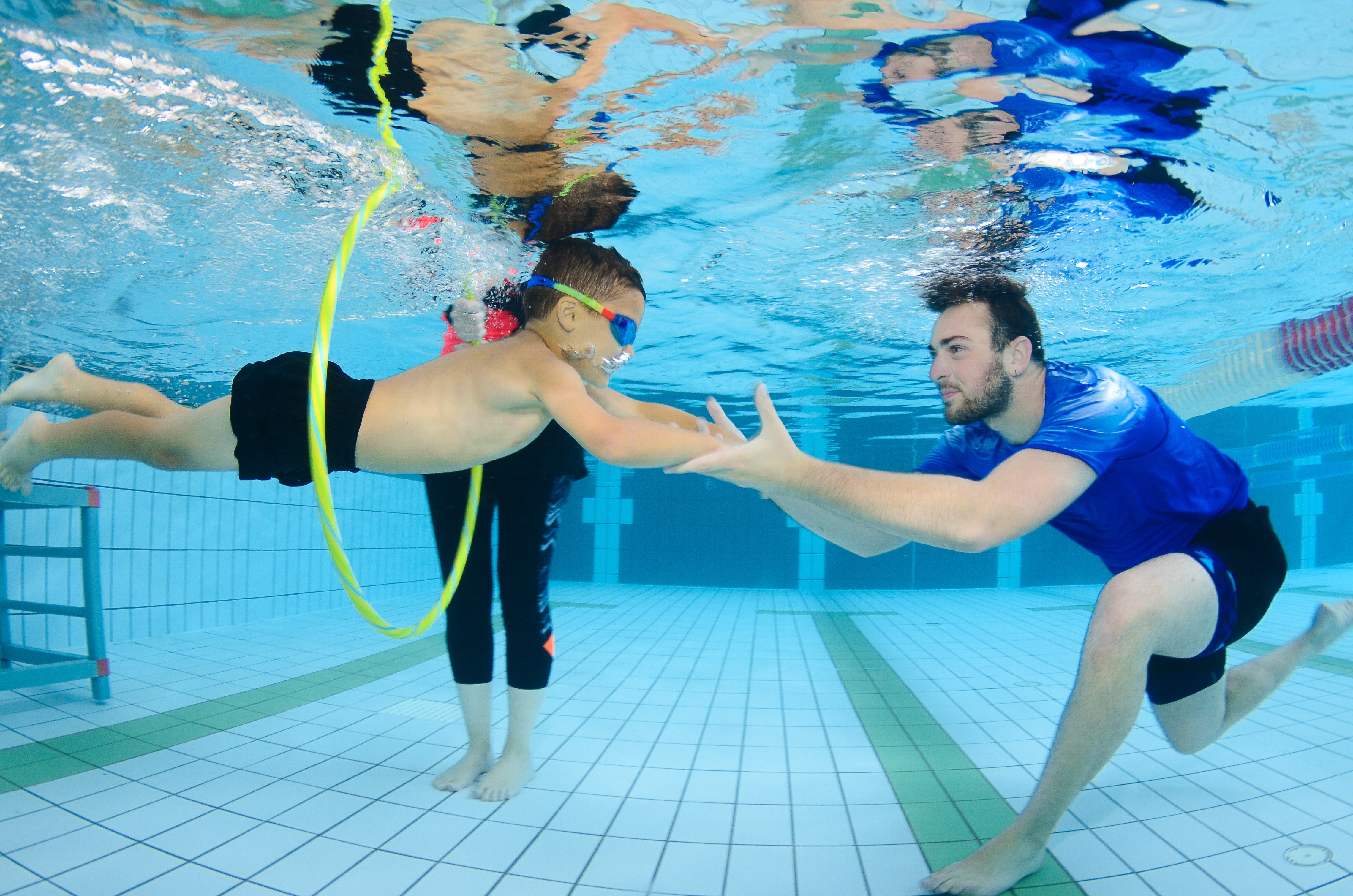Login to the E-Learning Centre:
Not an AUSTSWIM student yet?
Learn more about our online swim training here
Not an AUSTSWIM student yet?
Learn more about our online swim training here
Our industry leading online professional development co-created by global safeguarding expert and AUSTSWIM advisor Phil Doorgachurn is already our best-selling online PD.

.png?width=800&height=800&name=SAFEGUARDING%20Socials%20(5).png)
